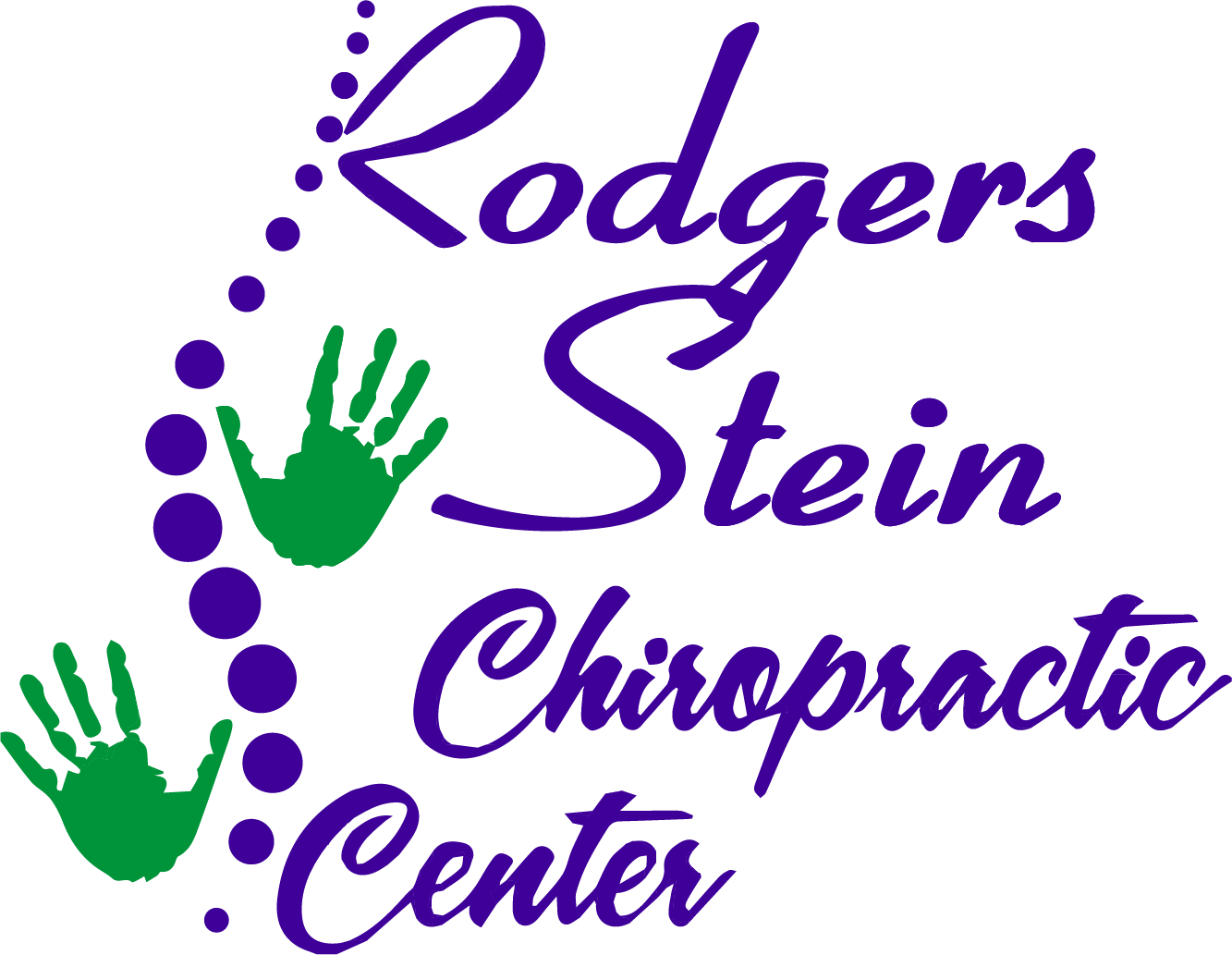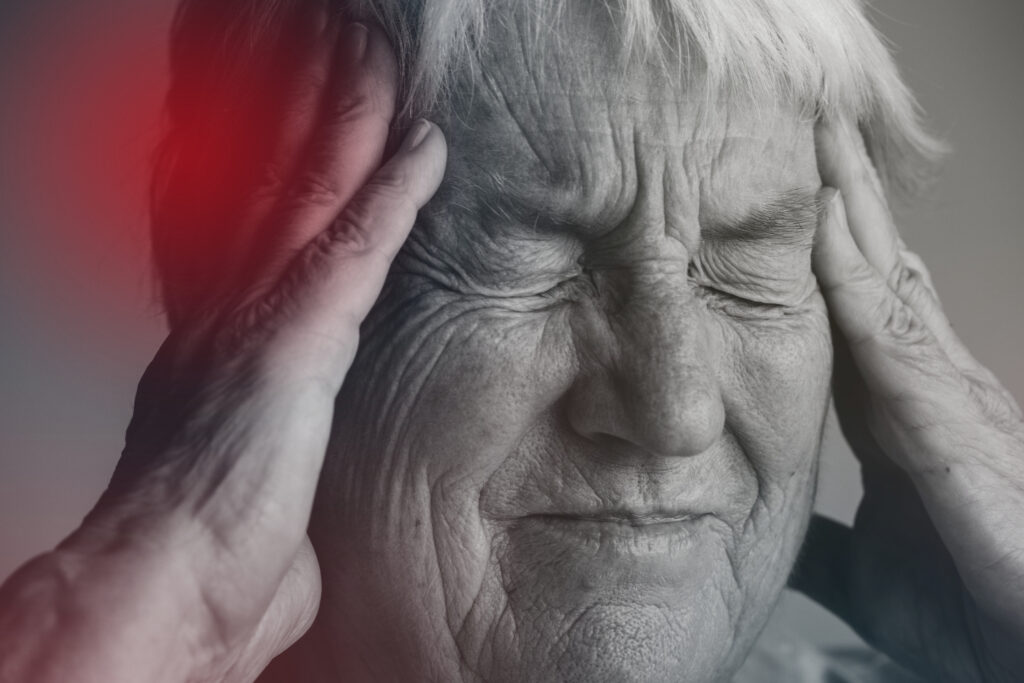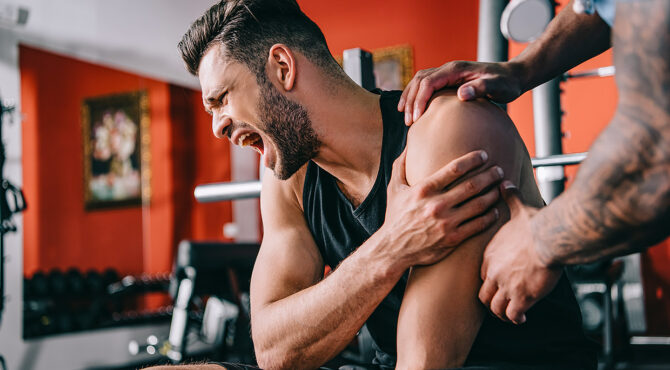If you're looking for effective ways to manage arthritis pain without relying solely on medications, you've got some promising options to explore. Incorporating an anti-inflammatory diet, engaging in low-impact exercises, and utilizing heat and cold therapy can make a significant difference. Additionally, certain herbal remedies and mindfulness techniques could enhance your overall well-being. Curious about which methods might work best for you? Let's uncover the five best strategies that can help you find lasting relief.
Anti-Inflammatory Diet
An anti-inflammatory diet can be a game changer for managing arthritis pain. By focusing on whole, nutrient-dense foods, you can reduce inflammation and potentially lessen your discomfort. Start by incorporating plenty of fruits and vegetables into your meals. These foods are packed with antioxidants and essential vitamins that help combat inflammation. Aim for a colorful plate; the more variety, the better.
Next, consider adding healthy fats to your diet. Foods rich in omega-3 fatty acids, like fatty fish (salmon, mackerel, and sardines) and flaxseeds, can help reduce joint inflammation. You can also include olive oil as your primary cooking oil, as it contains compounds similar to those found in anti-inflammatory medications.
Don't forget about whole grains. Swap out refined carbs for whole grains like quinoa, brown rice, and whole wheat bread. These options aren't only healthier but also provide fiber, which supports digestion and overall health.
Limit your intake of processed foods, sugar, and trans fats. These can trigger inflammation in the body, exacerbating your arthritis symptoms. Instead, choose natural sweeteners like honey or maple syrup in moderation.
Lastly, stay hydrated. Drinking plenty of water helps your joints stay lubricated and can contribute to overall joint health.
Regular Low-Impact Exercise
Regular low-impact exercise is essential for managing arthritis pain effectively. Engaging in activities like walking, swimming, or cycling can help maintain joint flexibility and strengthen the muscles around your joints. These exercises reduce stiffness and improve your overall mobility, making daily tasks easier and less painful.
When you exercise, your body releases endorphins, which are natural pain relievers. This effect can greatly alleviate the discomfort associated with arthritis. Aim for at least 150 minutes of moderate-intensity aerobic exercise each week, spread throughout the week. You don't have to do it all at once; breaking it into shorter sessions can be just as beneficial.
Incorporating strength training into your routine is equally important. Focus on low-impact strength exercises using resistance bands or light weights. Strengthening the muscles around your joints provides additional support and helps prevent injury. Just make sure you consult with a healthcare provider or physical therapist before starting any new exercise program. They can help tailor an exercise regimen that suits your specific needs and abilities.
Don't forget to include flexibility exercises, like stretching or yoga, to improve your range of motion. These can also help reduce tension in your muscles and joints.
Listen to your body, and if something doesn't feel right, modify or stop the activity. The key is consistency; regular low-impact exercise will contribute greatly to your overall well-being and help you manage arthritis pain naturally.
Heat and Cold Therapy
After staying active with low-impact exercises, you can further manage arthritis pain by incorporating heat and cold therapy into your routine. These methods are simple yet effective ways to relieve discomfort and improve your mobility.
Heat therapy works by increasing blood flow to the affected area, which helps relax muscles and alleviate stiffness. You can use a warm towel, heating pad, or a warm bath to apply heat. Just make sure the heat isn't too intense to avoid burns.
Try using heat for about 15-20 minutes at a time, especially before engaging in activities that may strain your joints.
On the other hand, cold therapy is excellent for reducing inflammation and numbing sharp pain. Ice packs, frozen gel packs, or even a bag of frozen vegetables wrapped in a towel can work wonders.
Apply cold therapy for 10-15 minutes, especially after physical activity or when pain flares up. Be cautious not to apply ice directly to your skin to prevent frostbite.
Using heat and cold therapy in tandem can also be beneficial. For instance, if you're experiencing a flare-up, start with cold therapy to reduce inflammation, followed by heat to soothe and relax the muscles.
Remember to listen to your body and adjust the temperature and duration according to your comfort level. By integrating these therapies into your daily routine, you can greatly enhance your overall well-being and manage arthritis pain more effectively.
Herbal Remedies
Many people find relief from arthritis pain through herbal remedies, which can offer natural support alongside traditional treatments. Incorporating these remedies into your routine may help reduce inflammation and alleviate discomfort.
Turmeric, for instance, is a powerful anti-inflammatory herb due to its active compound, curcumin. You can add turmeric to your meals or take it as a supplement.
Ginger is another excellent option; it may help decrease pain and improve joint function. You can enjoy it in tea or include it in your cooking.
Willow bark is often referred to as nature's aspirin, and it contains salicin, which can assist with pain relief. You can find willow bark in tea or capsule form.
Another herbal remedy worth considering is boswellia, extracted from the resin of the boswellia tree. This herb may help reduce inflammation and improve mobility, making it a beneficial addition to your regimen.
You might also consider using devil's claw, which has been shown to reduce pain and improve function in those with arthritis. As with any supplement, it's important to consult with your healthcare provider before starting any new herbal remedy, especially if you're taking other medications.
Lastly, don't underestimate the benefits of topical applications. Creams containing capsaicin or arnica can provide localized pain relief when applied directly to affected areas.
Mindfulness and Relaxation Techniques
Embracing mindfulness and relaxation techniques can greatly ease arthritis pain and enhance your overall well-being. These practices help you manage stress, which can exacerbate pain and inflammation. By incorporating mindfulness into your daily routine, you become more aware of your body and its sensations. This awareness allows you to respond to pain with greater ease and less fear.
Start by practicing deep breathing exercises. Find a quiet space, sit comfortably, and focus on your breath. Inhale slowly through your nose, filling your lungs, and then exhale gently through your mouth. Repeat this for several minutes. You'll notice a decrease in tension and an increase in relaxation.
Meditation is another effective technique. Set aside a few minutes each day to sit quietly and concentrate on your breath or a calming mantra. As thoughts arise, acknowledge them without judgment and gently bring your focus back to your breath. This practice not only helps reduce pain but also promotes emotional resilience.
Yoga can also be a powerful tool for managing arthritis pain. Gentle stretches and poses enhance flexibility and strength while fostering a sense of mindfulness. Look for classes specifically designed for those with arthritis or follow guided sessions online.
Lastly, consider progressive muscle relaxation. Tense and then relax each muscle group in your body, starting from your toes and moving up to your head. This method can bring about a profound sense of physical and mental relief.
Conclusion
By incorporating these five natural methods, you can effectively relieve arthritis pain and enhance your overall well-being. Embrace an anti-inflammatory diet, stay active with low-impact exercises, and utilize heat and cold therapy to manage discomfort. Don't overlook the benefits of herbal remedies like turmeric and ginger, and make mindfulness practices a part of your routine. With these strategies, you're taking proactive steps towards a more comfortable, pain-free life.



